NOTICE YOUR ANKLE PAIN
Have you ever stepped off a curb wrong or slipped on a slick surface and ended up rolling your ankle? Rolling or overstretching the ankles can end up being a sprain if the ligaments in your ankle are pulled hard enough. Sprained ankles are a popular problem—they can happen almost anywhere and to anyone, though they seem to be most common for athletes. Since ankle sprains typically tend to happen when you’re running or jumping, volleyball, soccer, and football are the top sports where athletes are likely to experience an ankle sprain. Ankle pain refers to any kind of pain or discomfort affecting any part of the ankle. Ankle pain usually gets better with at-home treatments such as rest, ice and over-the-counter pain medication. A physical therapy program can help you strengthen muscles and prevent another injury. Providers treat more severe pain with braces and various techniques.
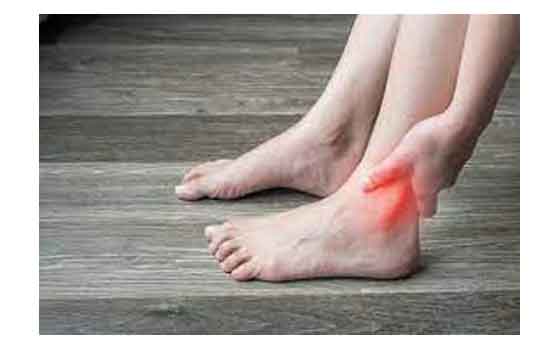
What is ankle pain?
Ankle pain refers to any kind of pain or discomfort affecting any part of the ankle. Ankle pain can happen for many reasons. The most common causes include injury, arthritis and normal wear and tear. Depending on the cause, you may feel pain or stiffness anywhere around the ankle. Your ankle may also swell, and you may not be able to put any weight on it.
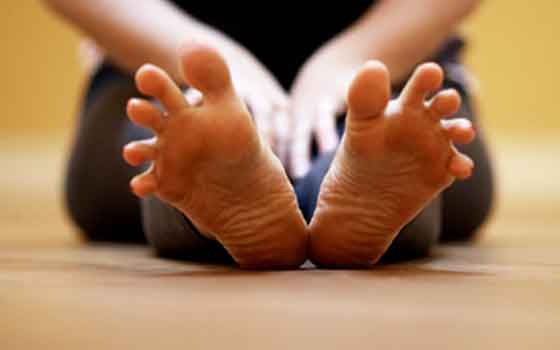
Usually, ankle pain gets better with rest, ice and over-the-counter pain medications. Healthcare providers can treat injuries and arthritis. Often times, conditions can be treated without surgery. If you’ve had an ankle injury or surgery, a physical therapy (PT) plan can also help you heal. PT strengthens the muscles that support your feet and ankles. The therapy can relieve pain and prevent future injuries.
What are the parts of the ankle?
Your ankles are part of the musculoskeletal system. They support your body’s weight and help you stand, balance and move. The flexible ankle joint allows you to point, flex, rotate and move your foot from side to side. The lower leg bones (tibia and fibula) come together to meet the foot bone (talus) to form the ankle. Ligaments hold these bones together. A complex structure of tendons, muscles and other soft tissues allows the foot and ankle to move. The ankle is especially prone to injury because of this complexity.
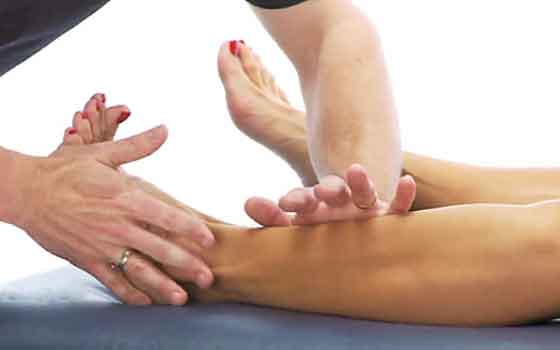
How common is ankle pain?
Ankle pain and ankle injuries are very common. You’re more likely to have ankle pain if you:
- Are over age 65.
- Play sports or do activities that involve jumping, side-to-side movements or quick changes in direction.
- Carry extra weight or are obese.
Some are the most common causes of ankle pain?
Pain in the ankle can result from several injuries and conditions. Some of the most common injuries that cause ankle pain include:
- Bursitis: Fluid-filled sacs called bursa cushion your bones when they move. Bursitis happens when these sacs become irritated and inflamed.
- Fractures: An accident or injury can cause bones to break (fracture). Ankle fractures range from mild to severe. Broken ankles can involve bones in any part of the ankle joint. A broken ankle causes ankle swelling and pain.
- Sprains: Sprained ankles are a common cause of ankle pain. An ankle sprain happens when ligaments stretch or tear. Sprained or twisted ankles happen when the ankle rolls forcefully out of its normal position.
- Tendonitis: Irritated, inflamed tendons are a soft-tissue injury called tendonitis. Tendons connect muscles to bones. Sometimes, a tendon can tear (such as an Achilles tendon rupture). A torn tendon may need surgical repair.
- Many diseases, disorders and conditions can also lead to ankle pain. These include:
- Arthritis: Pain and stiffness in the ankle joint can result from ankle arthritis. Arthritis happens when cartilage (tissue in joints that cushions bones) breaks down. The breakdown causes bones to rub together. Injuries and overuse can lead to arthritis, and it’s more common in people over 65. Several types of arthritis can affect the ankles. Common types include rheumatoid arthritis and osteoarthritis.
- Flatfoot: A very low arch (or no arch at all) can cause pain and swelling in the ankles and feet. Sometimes, kids’ arches don’t develop normally as they grow up, resulting in the condition.
- Gout: A type of arthritis, gout results from a buildup of uric acid throughout the body. Typically, uric acid leaves the body in urine. Excess uric acid creates crystals that settle in the joints. Gout in the ankle can be very painful.
- Infection: Several types of infection, including cellulitis, can cause swelling and pain in the ankle joint. A bone infection called osteomyelitis can result from a staph infection.
CARE AND TREATMENT
What can I do to relieve ankle pain?
Most ankle pain gets better with rest, ice and over-the-counter pain medication. Follow your provider’s instructions for at-home treatments for ankle pain. Your provider may recommend the RICE method (rest, ice, compression and elevation). If pain is severe or your ankle still hurts after a few days of at-home care, see your provider.
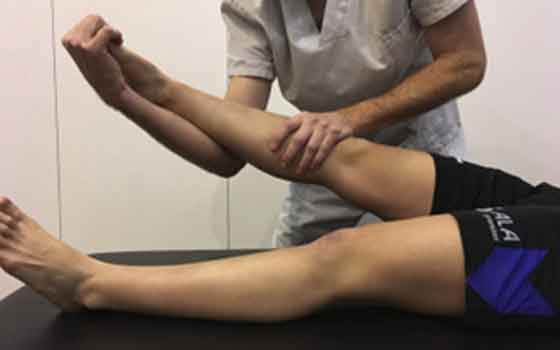
The most common home treatments for ankle pain are:
Rest: If you’ve had an injury such as a sprain, you should stay off your feet for a while. Talk to your provider about how long you should rest. Crutches or a walking boot can help you get around without putting weight on your ankle.
Ice: To reduce swelling, apply ice or a cold compress to the area for 15 to 20 minutes every few hours.
Compression: Ask your provider about wrapping an elastic bandage around your ankle to reduce inflammation. Be careful not to wrap it too tight.
Elevation: Resting with your ankle elevated above your heart reduces swelling. You can also try to sleep with your foot elevated at night.
Over-the-counter pain medication: Nonsteroidal anti-inflammatory drugs (NSAIDs) can relieve pain and reduce swelling. Talk to your provider before taking any medication.
Supportive footwear: Make sure your shoes provide adequate support for your feet and ankles. Avoid flip-flops, sandals and shoes that are too loose. It’s especially important to wear proper footwear when playing sports. Activities such as basketball and volleyball can lead to ankle injuries, especially without the right footwear.
How do healthcare providers treat ankle pain?
Most ankle injuries heal with at-home treatments and physiotherapy rehabilitation. More severe injuries may require surgery. Treatment depends on what’s causing ankle pain. Common treatments for ankle pain include:
Braces and splints: An ankle brace may relieve pain and stabilize your ankle. Some braces are better for certain activities. Ask your provider to recommend one that works best for your lifestyle.
Joint aspiration: During this procedure, your provider inserts a needle into the joint and removes excess fluid. Joint aspirations relieve pain and swelling.
Medications: Several types of medication can reduce inflammation and relieve ankle pain. Drugs to treat arthritis and gout can significantly reduce pain and swelling.
Orthotic inserts: Orthotics are inserts that fit into your shoes. You can buy them from the store, or your provider can custom-make them for your feet. Orthotics support and stabilize the foot while ensuring proper alignment.
Physical therapy (PT): A customized PT program will help you improve flexibility and strengthen muscles that support your ankle. Your physical therapist will create a PT plan with exercises and stretches designed just for you. Be sure to do your prescribed exercises and stretches regularly.
Strengthening of Injury: though it may seem counter-intuitive, for your ankle to heal well and be strong enough to lift your body, you’ll need to perform some stretches while you are recovering. You can use an elastic band on your ankle to pull it towards you or flex it back, you can write the alphabet in the air with your foot, or you can stand against a wall to stretch it.
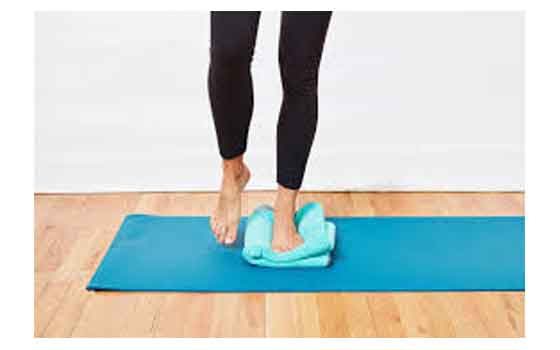
Stop if you feel pain: Don’t ignore pain. If a movement or activity is uncomfortable, take a break. See your provider if the pain doesn’t get better. Continuing to exercise through pain can make injuries worse.
Warm up properly: Stretch before exercising. Muscles and soft tissues (like ligaments and tendons) are less likely to be damaged when they’re warm.
Why it is important to notice ankle pain: ankle pain not only affects your ankle but it’s also put impact on your knee and hip. This is due to pain which make your ankle unable to carry your body weight this leads to tightening of your muscles this cause knee pain, hip pain and back pain as well. So, it is very important to take care of your ankle pain on time.
How can I prevent ankle pain?
You may not always be able to prevent ankle pain. But you can keep your bones, ligaments and tendons strong by maintaining good health. To prevent ankle pain caused by injuries, you should:
Maintain a healthy weight: Carrying extra weight puts excess pressure on your joints, including your ankles.
Strengthen other muscles: By keeping other muscles strong, you’ll support your ankles and reduce your risk of injury.
TREATMENT OF ANKLE PAIN WITH BEST PHYSIOTHERAPY CENTER IN DHKOLI…
Blossom physiotherapy center is leading one there days in dhkoli. Because they provide excellent treatment and they have ultra modular equipment for treatment. Here Dr.Jyoti Gupta (MPT pediatrics) that is a Pediatrics Physiotherapist as well as a certified Yoga instructor she complete her course from a well known YOGA ALLIANCE INTER NATIONAL FnY STUDIO is a head of the Blossom physiotherapy center and senior physiotherapist. Moreover blossom physiotherapy center have expert staff who can deal every condition with great rehabilitation team which includes physiotherapist, neurophysiotherapist, speech therapist, special educators, yoga specialist etc.
As ankle pain can hamper one’s daily activity even standing and walking. It not only inhibit ankle but also affect knee, hip and some time spine as well. It is due to poor weight distribution thought leg and back. So, in nutshell it is very important to heel it but also strengthen the effected ankle. With strengthen you can prevent recurrent injury around your ankle. And this only teaches by your physiotherapist. So, must visit physiotherapy center on time.
Blossom physiotherapy also provides yoga facilities which will give excellent result in behavior and cure of diseases as well. So in the end Blossom physiotherapy is ready to help you in every manner. For further information log into blossomphysitherapy



